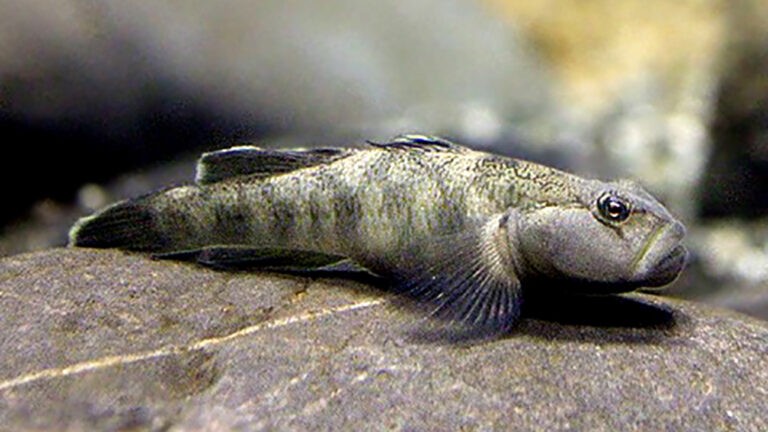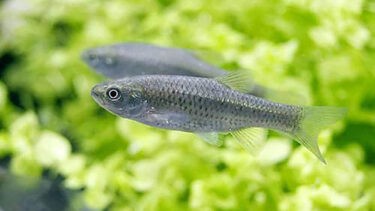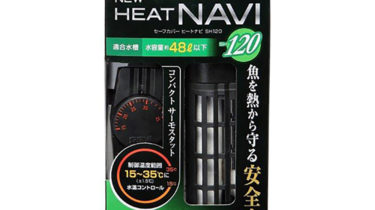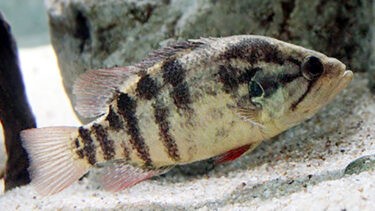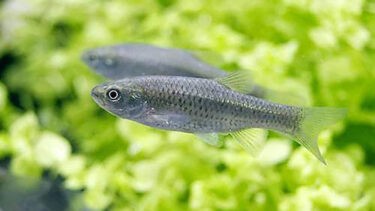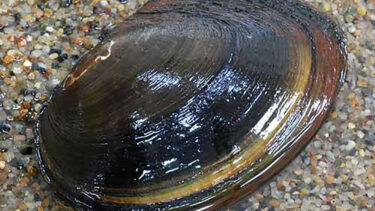The reef fish is a member of the family Gobyidae of the order Perchidae, found in rivers and lakes in tropical and temperate regions such as Japan and Southeast Asia. It is a river fish characterized by its sucker-like ventral fins, which are evenly concave in shape toward the inside. Some species have a reddish-brown line on the head. In this article, I would like to explain in detail the characteristics of the reed warbler and how to keep it.
What is a reed warbler?
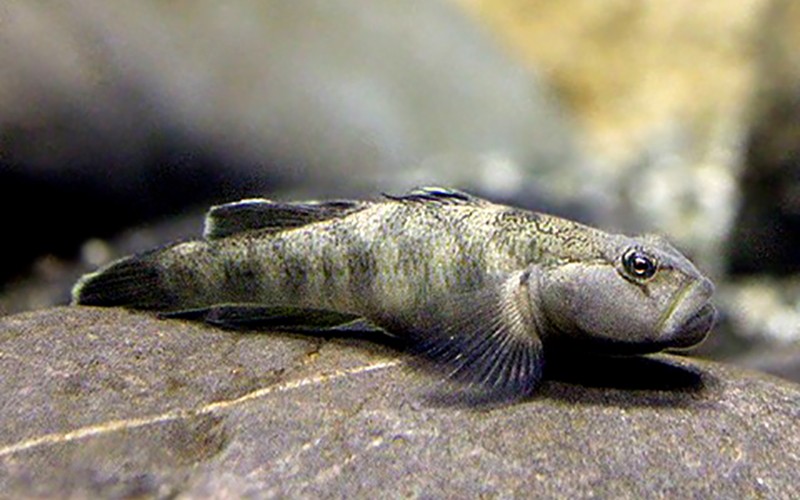
The reed warbler belongs to the family Gobyidae of the order Perciformes. Yushinobori is not a specific species, but a generic name for the genus Yushinobori, which is classified in the Gobiidae family. The habitat of the reed warbler is rivers and lakes in tropical and temperate regions such as Japan and Southeast Asia.The reed warbler is characterized by its sucker-like ventral fins, which are evenly concave inward. This allows them to stick to stones or walls on the river bottom and survive fast-flowing mountain streams. The body coloration of the reef fish differs slightly from species to species, and the head may have a reddish-brown line.
The Hinamoroko is a light brown river fish with a white abdomen and light dark vertical stripes on its sides. It is also an endangered species in some places. In this article, we will discuss the [...].
Kawamutsu is a genus of carp in the family Carpidae, order Carpidae, that inhabits rivers and lakes in China and the Korean Peninsula in East Asia and in Honshu, Shikoku and Kyushu west of the Tenryu River that flows through Nagano, Aichi and Shizuoka Prefectures in Japan and the Noto Peninsula in Japan. [...]
How to keep reed warblers
The reed warbler can be an easy species to keep if you know how to keep them. The lifespan of a reed bunting is approximately 3 to 5 years. Their body size is approximately 8 to 12 cm. However, both lifespan and body size vary depending on the environment in which they are kept and the food they are fed. They prefer slightly alkaline to neutral water quality, with a pH of 7.0 to 8.0. They can live in water temperatures between 15-25℃.
A heater is a device that maintains a constant water temperature. If you go to a specialty store that carries heaters, you will find a wide variety of types. Some people may be at a loss as to which one to choose. In this article, we would like to explain about such heaters [...]
Points to keep in mind when mixing swimmers

Regarding mixed swimming, first of all, the reed warbler has a temperamental disposition. For this reason, they are likely to fight with Corydoras and Yamato shrimps, which live at the bottom of the water as well as the reeds.Also, since they are carnivorous, small species such as killifish and neon tetras may be chased and cause stress. Goldfish and guppies that grow to a size that will not fit in the reed bunting's mouth are recommended. For river fish, we recommend bitterling, river crucian carp, or eels. If you are worried about having them swim together, we recommend adding more aquatic plants such as grasses to create a hiding place for them.
Many people think that goldfish are the goldfish that you see at fairs and festivals in the summer, and that there are many different kinds of goldfish. And it is no exaggeration to say that each type of goldfish has its own characteristics, and that is the best part about goldfish [...]
When you go to a specialty store to look at killifish, you will be surprised at the many varieties available. The prices are different, as are the body colors and patterns, so it is hard to know what to choose. So, in this article, I would like to explain in detail about the different types of medaka. Types of Medaka Scarlet Medaka [...].
Points about spawning
Many people who keep reed warblers want to breed them. In the wild, reed warblers spawn from May to August. When it is time to lay eggs, the males dig holes under stones buried in the sand to welcome the females and lay eggs.After spawning, males characteristically protect their eggs. During the spawning season, the male's body color becomes significantly darker and may be completely black in some individuals. Depending on the species, hatched fry descend to the sea, grow up in the sea, and then migrate back to the river. However, some species do not descend and spend their entire lives in rivers, so care must be taken. It is recommended that you check what kind of reef fish you are keeping to see if they descend.
Points to keep in mind when keeping reed warblers
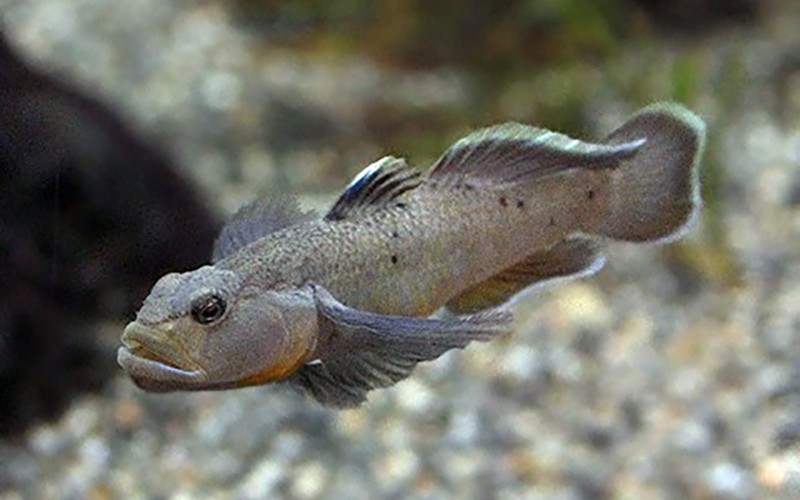
The reed warbler is a river fish characterized by its sucker-like ventral fins that are evenly concave inward. The reef fish is basically a carnivorous species and lives by feeding on insects and other creatures that live in the river. Therefore, when rearing them in an aquarium, there is a high possibility that they will not eat even if you suddenly feed them artificial feed. In this case, it is necessary to feed them with frozen red worms to create a situation similar to that of their natural diet.However, if you buy it from a specialty store, you do not need to worry too much about this point. They are an important river fish in terms of education, as they are an essential part of the traditional Japanese ecosystem. If you are interested in Yoshinobori, I recommend that you take a look at them at a specialty store.
The Oyan louse is a river fish of the family Perciformes, which inhabits the Kinki, Chugoku, Shikoku, and northern Kyushu regions of Japan west of the Yodo and Yura Rivers. It is a river fish with an eyeball-like pattern on the back of its gill cover and about six horizontal stripes on the sides of its body. It also depends on the location [...].

